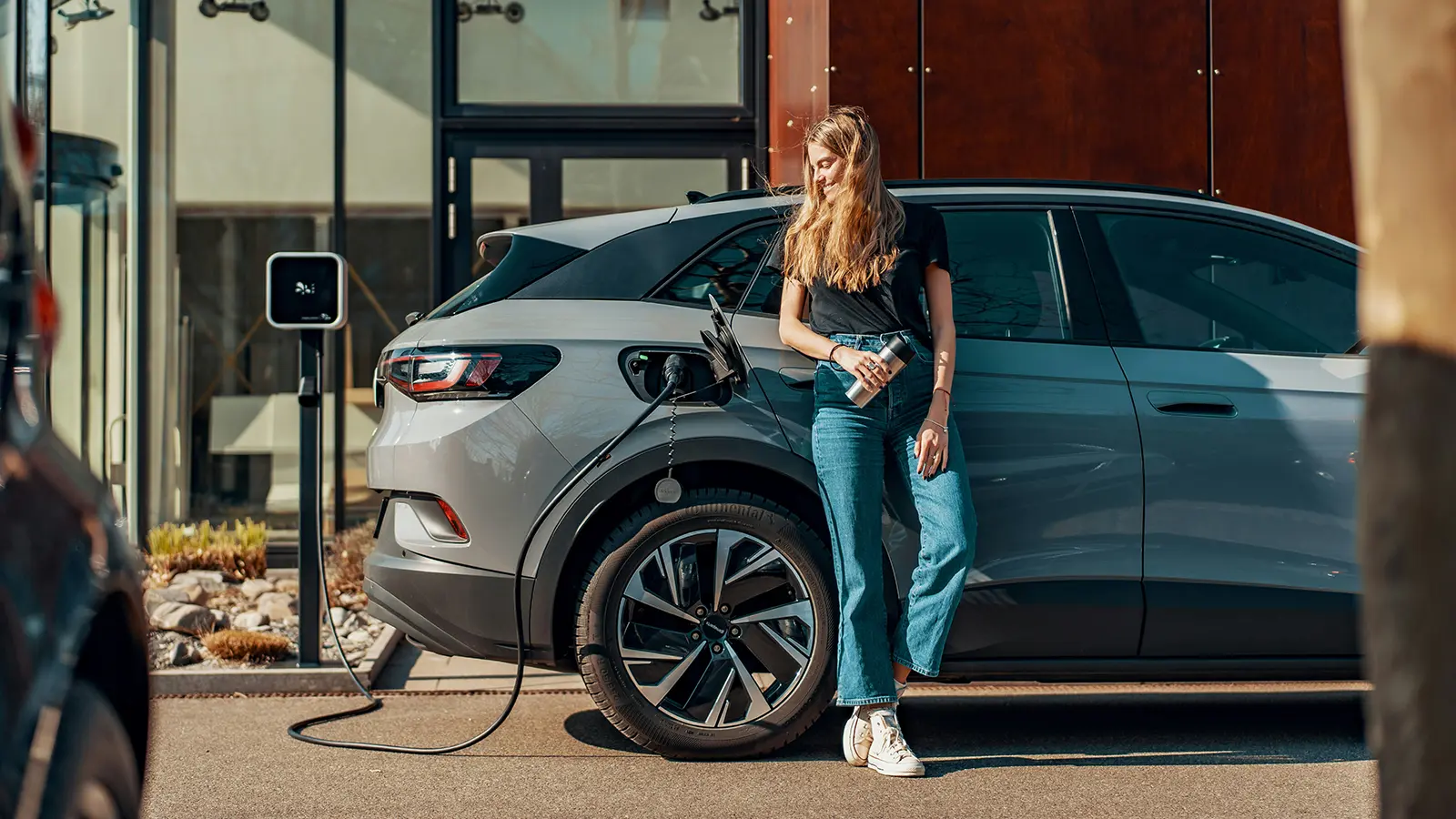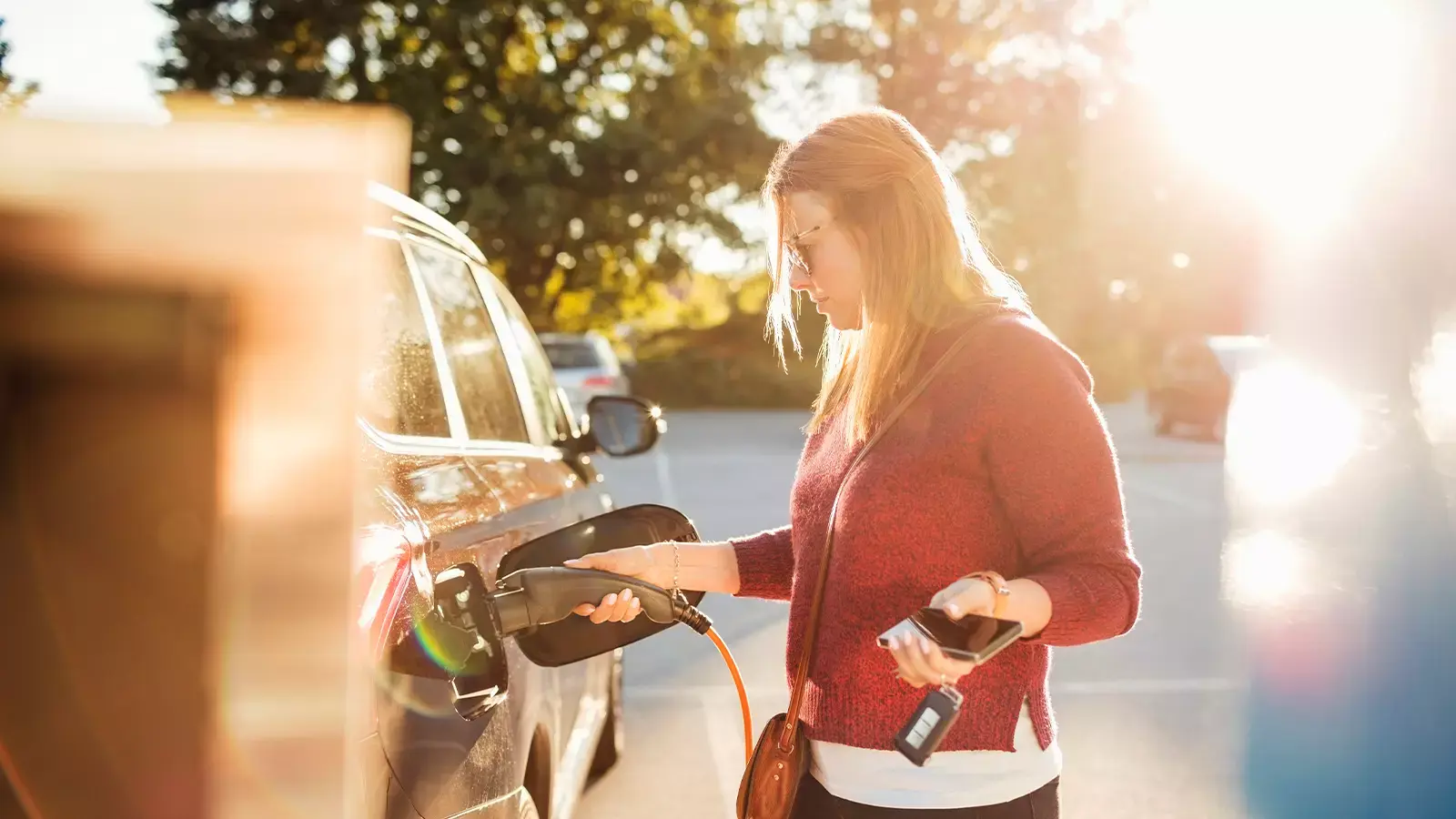Finding EV Charging Stations
As electric vehicles (EVs) become more common, charging stations are popping up everywhere, from shopping centers and hotels to interstate rest stops and urban parking garages. But knowing where to find a charger, what kind you need, and how to plan ahead can make your EV driving experience even more seamless.
This guide will show you how to locate EV charging stations quickly, what tools to use, and how to find the right charger for your vehicle, whether you’re around town or on a road trip.
Where to Charge: The Three Main Locations
1. At Home
Most EV owners charge at home using a Level 1 or Level 2 charger. It’s the most convenient and cost-effective option, but it doesn’t help when you're on the road.
2. At Work or in Town
Workplaces and public parking areas often have Level 2 stations available for employees or customers. These are ideal for topping up during the day.
3. On the Road
Public charging networks allow you to recharge on longer drives. These include Level 2 chargers and DC Fast Charging stations along highways and in urban areas.
Charging Networks and Station Types
Public charging stations in North America are operated by a variety of networks, each with different charger types, access features, and regional availability. Here’s what you need to know:
- ChargePoint:
- Charger types: Level 2 and DC Fast
- Notes: One of the largest networks; requires app activation for most stations
- Electrify America:
- Charger types: DC Fast and Level 2
- Notes: Rapidly expanding along major highways; supports high-speed charging
- EVgo:
- Charger types: DC Fast and Level 2
- Notes: Partners with several automakers; supports Plug & Charge technology
- Tesla Superchargers:
- Charger types: DC Fast using the NACS connector
- Notes: Primarily for Tesla vehicles; limited access available to other EVs with adapters
- FLO:
- Charger types: Level 2 and DC Fast (primarily in Canada)
- Notes: Leading network in Canadian cities and metro areas
- Shell Recharge, Blink, Volta, and others:
- Charger types: Mixed availability depending on location
- Notes: Often found in retail centers, parking garages, or specific regional markets
Note: Many of these networks are actively expanding support for both NACS (Tesla) and CCS connector standards, improving compatibility across more EV models.

Best Apps and Tools to Find EV Chargers
1. PlugShare
- Community-driven map of public chargers
- Shows real-time availability and user reviews
- Filters for connector type, speed, and amenities
2. Google Maps
- Shows charging stations along your route
- Displays station types and sometimes live status
- Integrated with Android Auto and Apple CarPlay
3. ChargePoint / Electrify America / EVgo Apps
- Best for finding stations on that specific network
- Allows you to start, stop, and pay for sessions
- Offers loyalty programs and usage stats
4. In-Vehicle Navigation Systems
Most new EVs have integrated charging maps and can:
- Recommend charging stops based on your range
- Filter by plug type and speed
- Automatically route you to nearby stations
Planning Ahead for Road Trips
If you're driving long distances, consider:
- Charging stops every 100 to 150 miles
- Proximity to restaurants, restrooms, and Wi-Fi
- Using tools like A Better Routeplanner to map the most efficient route with optimal charge stops
Look for:
- DC Fast Charging stations along highways
- Stations with amenities and high-power output (150 kW or higher)
Tip: Start charging before your battery gets below 10 to 15 percent to avoid delays or stress.

Knowing What Connector You Need
Before you plug in at a charging station, make sure your EV is compatible with the connector type available. Here's a quick guide to the most common plug types in North America:
- J1772:
- Used by: Most non-Tesla EVs for Level 2 charging
- Notes: The standard connector for AC charging at home and public stations
- CCS (Combined Charging System):
- Used by: Most new non-Tesla EVs for DC fast charging
- Notes: Supports high-speed charging; widely available and expanding
- NACS (North American Charging Standard):
- Used by: Tesla vehicles, along with upcoming Ford and GM models
- Notes: Compatible with Tesla Superchargers and several growing networks
- CHAdeMO:
- Used by: Older Nissan and Mitsubishi EVs
- Notes: Being phased out across North America; limited availability
Tip: Most EVs come with adapters or offer them as accessories, allowing you to charge on multiple networks and plug types.
How to Tell if a Charger is Available
Look for real-time updates using apps such as:
- PlugShare (shows user check-ins and live status)
- ChargePoint and EVgo apps (show charger availability)
- In-car systems (automatically refresh based on network data)
Some chargers have indicator lights or screens that show if they are in use or out of service.
Final Tips for Finding a Charger When You Need It
- Keep your vehicle’s plug type in mind and filter station searches accordingly.
- Download multiple apps in case one network is offline or unavailable.
- Consider signing up for accounts with major networks in advance for faster activation.
- Always carry a compatible adapter if your vehicle supports multiple plug types.
- Bookmark stations near your home, work, and frequently visited places for quick access.
Final Thoughts
Finding a charging station is easier than ever, thanks to growing infrastructure and smart tools. With a little planning and the right apps, charging your EV on the go can be as convenient as finding a gas station, just cleaner and quieter.
Power Your EV Knowledge Further
Continue exploring EV charging fundamentals:
← Go Back: Mastering Public Charging and Fast Charging
Discover Next: Understanding Charging Costs at Home and in Public →












